- No products in the cart.
(1935) Still Life with Vase of Flowers and Tray – original graphical sheet bound into bibliophilia no. 54
Emil Filla
a href=“https://investinart.biz/shop/?min_price=2900&max_price=3000&lang=en&filter_autor=filla-emil-en&filter_kategorie=graphics&filter_tema=cubism&s=54&post_type=product“ alt=“Show entire set“ title=“Show entire set“>Show entire set
Drypoint, 1935, size 22,8x17cm
Denoted right bottom: E. F. in oval
Signed right bottom: Emil Filla
Popis
Drypoint, 1935, size 22,8x17cm
Denoted right bottom: E. F. in oval
Signed right bottom: Emil Filla
The highest achieved price for oil on canvas by Emil Filla on the Czech auction market: 19.5 million CZK, Adolf Loos Apartment and Gallery, Prague, 2010
The highest achieved price for oil on canvas by Emil Filla on the world auction market: 588 thousand €, Sotheby’s, 2011
On the graphic folios from Filla´s so-called “white period”, the contours of things and their shapes are engraved into a white space by a distinct black line that comes out from the procedure and shape logic of the drypoint. This technique enables Filla to virtuously use a wide range of expressive possibilities of an engraved line and scratch. His line is once lyrically excited, the second time it is austere, even abstractly cold. On the still lives, Filla very well uses hatching by variably thick nets of lines and stratifies airy depths of distant perspectives. The cups, vases and trays become the mighty bells whose voices thunder through the spaces of spherical arches of grape wine, apples or pears and resound to vast distances.
Still Life with Vase of Flowers and Tray is the classical example of the “white period” still life. It embodies all the style attributes and signs of this period in a balanced harmony, lively sensuality, sweet contentment of the harmony between the spirit and the nature, lyrical and soft carnality of shapes, the interconnection of organic, the interconnection of flesh with gentle hints of abstract, polyphonic order of the complex, And in the radiant sunshine, somewhere from the depths of being of all things, a hardly understandable, mysterious and irresistible sadness, a sombre melancholy springs. Gently engraved webs of black lines can boldly be compared to the most delicate nets of Rembrandt´s drawings, catching in its structure the darkness – against it, Filla´s webs capture the light.
The whole space of this still life is unified into one clear flat structure, which is substantiated in a matter-of-fact way by the desk of the table, visible from the direct perspective. The desk of the table firmly frames and closes the emptiness of the illusive and infinite space that disappears into the infinity. The things on the table, as whole objects, are interpreted by the painter from the point of view of their individual specific features and attributes, which the artist could perceive thanks to his highly active creative and aesthetic relation to the world.
Bibliography:
Čestmír Berka: Emil Filla, grafické dílo, Odeon 1968, str.: 36, 40-43, 270.
Další informace
| Autor | |
|---|---|
| Období | |
| Místo vzniku | |
| Rok vzniku | |
| Kategorie | |
| Technika | |
| Téma | |
| Signováno | |
| Rozměr díla | 30.5 x 47.5 cm, ⤢ 56.4 cm |
| Rozměr kresby díla | 22.8 x 17 cm |
Pro přidávání recenzí se musíte nejdříve přihlásit.



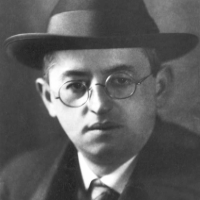




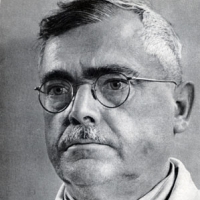
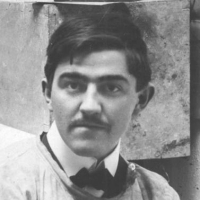
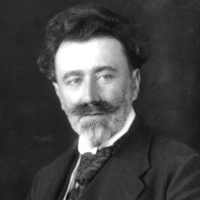
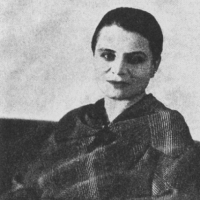

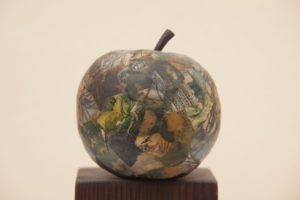



Recenze
Zatím zde nejsou žádné recenze.